There are many free image hosting sites which you can upload your images then get URL to use it in your website or blog posts or social media sites. But there is a problem with those free sites, you will not have your own control for your data since that is free hosting. To make sure we got full control of our data, we will have to create our own self-hosting image hosting site. It has to be free and easy to set up. I am also using ShareX to capture screenshots then using built-in workflow to automatically upload to remote online storage website. The integration with ShareX will be essential feature for me as well, which might be not important for other. Ideatlly, you might want to have basic editting, expiring, and easy to backup/restore this kind of features.
Github project Picsur meets all those requirements and this post will give you a quick guide how you can create your self hosted images bed.
Github Project Link: https://github.com/caramelfur/picsur
- https://picsur.org/
- https://picsur.51sec.eu.org/
Project Features and Screenshots
Login Page with default username admin:
- Uploading and viewing images
- Anonymous uploads
- User accounts
- User roles and permissions
- Proper CORS restrictions
- Exif stripping
- Ability to keep original
- Support for many formats
- QOI
- JPG
- PNG
- WEBP (animated supported)
- TIFF
- BMP
- GIF (animated supported)
- Convert images
Edit images
Resize- Rotate
- Flip
- Strip transparency
- Negative
- Greyscale
- Deletable images
- Proper DB migrations
- Show own images in list
- Correct previews on chats
- Expiring images
- ShareX endpoint
- ARM64 and AMD64 Docker image
Installation Steps
1 Log into your VPS and start to install required softwares
apt update && apt install docker.io -y && apt install docker-compose -y
2 Create a data folder
sudo -i
mkdir -p /root/data/docker_data/picsur
cd /root/data/docker_data/picsur
3 Create Docker Composer File
vi docker-compose.yml
Here is the content of this file:
version: '3'
services:
picsur:
image: ghcr.io/caramelfur/picsur:latest
container_name: picsur
ports:
- '8088:8080' #8088 can be changed to other unused tcp port
environment:
PICSUR_HOST: '0.0.0.0'
PICSUR_PORT: 8080
PICSUR_DB_HOST: picsur_postgres
PICSUR_DB_PORT: 5432
PICSUR_DB_USERNAME: picsur
PICSUR_DB_PASSWORD: Secure_DB_passw0rd # This has be same one as configured in the settings of picsur_postgres
PICSUR_DB_DATABASE: picsur
## Default admin username's password
PICSUR_ADMIN_PASSWORD: Secure_admin_passw0rd
## optional. If not set here, it will be generated randomly.
# PICSUR_JWT_SECRET: CHANGE_ME
# PICSUR_JWT_EXPIRY: 7d
## Maximum File zie
PICSUR_MAX_FILE_SIZE: 10240000 # 10 MB
## No need to touch this, unless you use a custom frontend
# PICSUR_STATIC_FRONTEND_ROOT: "/picsur/frontend/dist"
## Warning: Verbose mode might log sensitive data
# PICSUR_VERBOSE: "true"
restart: unless-stopped
picsur_postgres:
image: postgres:14-alpine
container_name: picsur_postgres
environment:
POSTGRES_DB: picsur
POSTGRES_PASSWORD: Secure_DB_passw0rd
POSTGRES_USER: picsur
restart: unless-stopped
volumes:
- ./picsur-data:/var/lib/postgresql/data
4 Open Firewall Port
Here is an example using Oracle cloud:
5 Test using public ip address
Get your VPSs's public IP
Curl ifconfig.me
NPM - Setting Up Nginx Reverse Proxy Manager
Update / Backup / Migrate Picsur
Following commands show how to backup and update docker:
cd /root/data/docker_data/picsur
docker-compose down
cp -r /root/data/docker_data/picsur /root/data/docker_data/picsur.archive # backup
docker-compose pull
docker-compose up -d # no need to use "docker-compose stop" to stop docker. "docker-compose up -d" will stop and auto update new docker.
docker image prune # prune command is used to remove all unused images
Migrate Picsure Docker:
cd /root/data/docker_data/picsur
docker-compose down
cp -r /root/data/docker_data/picsur /root/data/docker_data/picsur.archive # backup to a different archive folder
docker-compose pull
docker-compose up -d # no need to use "docker-compose stop" to stop docker. "docker-compose up -d" will stop and auto update new docker.
docker image prune # prune command is used to remove all unused images
ChatGPT suggested Backup Strategy for Home Data:
One of the most popular backup policies is the 3-2-1 backup rule. This rule states that you should have:
- 3 copies of your data
- 2 different types of media for storing the data
- 1 copy stored offsite
This means that you should have three copies of your data: the original files and two backup copies. The original files and one set of backup data can reside at the same location but they must be stored on two different types of media. You must also have one offsite set of backup data.
For your home server, I would recommend using an external hard drive or cloud storage service to store your backups. You can use software like Veeam Backup & Replication or Acronis True Image to automate the backup process and ensure that your data is always up-to-date.
Clearn up / Remove Docker
cd /root/data/docker_data/picsur
docker-compose down
cd ..
rm -rf /root/data/docker_data/picsur
Clean Up / Remove Docker
- Delete Docker and related resources
- cd /root/data/docker_data/<docker_name>
- docker-compose down
- cd ..
- rm -rf /root/data/docker_data/<docker_name>
- docker image prune
ShareX Custom uploader guide : Picsur Integration
What is custom uploader?
Custom uploader system in ShareX let users to upload image/text/file to hosting services or shorten/share URL. This feature is mainly used by users who host their own hosting services.Export / Import
You can export your custom uploader with .sxcu extension which allows users to just double click that file to be able to use custom uploader.If destination type is configured then ShareX can also set this custom uploader as selected custom uploader and change current destination to this custom uploader, so users won't need any additional configuration to use it.
Github : https://github.com/CaramelFur/Picsur
Steps:
1. Create API Key in Picsur
2. Set up API key for Sharex then export config
3. Import Configuration into Sharex
4. Configure Custom Uploader Settings...
When you choose Test for Image uploader, you will find a ShareX icon uploaded to the Picsur site and you will have a url for the image.
Self Hosted Docker Installation Pre-requirements
Free resources you might need to complete this docker project:
- Server: Oracle Free VPS, Azure Free VPS, Google Cloud Free VPS, and others
- Create a Free Tier Windows/Linux Azure VPS VM
- [Free VPS] GCP (Google Cloud Platform) Tips and Tricks (Free 16G RAM, 4 vCPU VPS)
- System: Cloud Vendor Ubuntu, Debian, or DD an original version
- SWAP size increase: wget https://raw.githubusercontent.com/51sec/swap/main/swap.sh && bash swap.sh
- Enable Password ssh login
- Enable BBR
- systemctl restart docker
- Domain: (Optional) EU.ORG to get a free one, free Cloudflare account to manage your domain
- Confirm port has not been used (you might need to install lsof using command : apt install lsof):
- lsof -i:8088
Pre-installed services:
- Docker,
- apt update
- apt install docker.io
- apt install docker-compose
- apt upgrade docker.io
- mkdir /root/data/docker_data/<docker_name>
- Docker-Compose (Using Ubuntu OS for the commands)
- Docker-compose down
- Optional command : use following command to backup your Docker data. You might need to change your folder name based on your docker configuraiton
- cp -r /root/data/docker_data/<docker_name> /root/data/docker_data_backup/<docker_name>
- docker-compose pull
- docker-compose up -d
- docker image prune
- Portainer (Optional)
- docker volume create portainer_data
- docker run -d -p 9000:9000 --name portainer --restart always -v /var/run/docker.sock:/var/run/docker.sock -v portainer_data:/data portainer/portainer-ce:latest
- Install some applications: apt install wget curl sudo vim git (Optional)
- aapanel with Nginx (Optional)
- Nginx Proxy Manager (Optional)
- Install screen (Optional)
- Install screen (Depends on the Linux Distribution if it came pre installed or not) : yum install screen
- Initiate a Screen : screen or screen -S <screen name> <command to execute>
- Detach from the screen : "CTRL+A,D" not "CTRL+A+D"
- List all the screen currently working : screen -ls
- Reattach to a screen : screen -r <session number> or screen -r <screen name>
- Kill specific screen: screen -X -S <screen name> quit
- Kill all screens : pkill screen
Monitoring Usage
- Docker stats
Remove Docker and Related folders
- docker stop <Docker Name> # stop the docker but not remove anything.
- docker rm -f <Docker Name> # remove speficic container, but will not delete mapped volumes
- rm -rf /root/data/docker_data/<Docker Mapped Volumns> # remove all mapped volumes
Restrick Journal Log File Size:
- journalctl --vacuum-size=100M
- Limit it to 25M:
SystemMaxUse=25M
systemctl restart systemd-journald.service
sudo bash -c 'echo "SystemMaxUse=100M" >> /etc/systemd/journald.conf'
sudo systemctl restart systemd-journald
Enable IPv6 and Limit Log File Size (Ubuntu)
sudo sh -c 'truncate -s 0 /var/lib/docker/containers/*/*-json.log'
cat > /etc/docker/daemon.json << EOF
{
"log-driver": "json-file",
"log-opts": {
"max-size": "20m",
"max-file": "3"
},
"ipv6": true,
"fixed-cidr-v6": "fd00:dead:beef:c0::/80",
"eixperimental":true,
"ip6tables":true
}
EOFRestart Docker service:
systemctl restart dockerLimit number of log files:
cat /etc/logrotate.d/rsyslog
/var/log/syslog
/var/log/mail.info
/var/log/mail.warn
/var/log/mail.err
/var/log/mail.log
/var/log/daemon.log
/var/log/kern.log
/var/log/auth.log
/var/log/user.log
/var/log/lpr.log
/var/log/cron.log
/var/log/debug
/var/log/messages
{
rotate 4
weekly
missingok
notifempty
compress
delaycompress
sharedscripts
postrotate
/usr/lib/rsyslog/rsyslog-rotate
endscript
}
You can change 4 to some other value, such as 1, so that only one file is stored.
Videos
References
- 【好玩儿的 Docker 项目】10 分钟搭建一个内置图片转换功能的图床 ——Picsur
- How to Install Picsur on Your Synology NAS
- https://www.youtube.com/watch?v=mJXlAry2TuY
- EasyImages : https://github.com/icret/EasyImages2.0
- 【好玩儿的 Docker 项目】10 分钟搭建一个简单图床 ——Easyimage
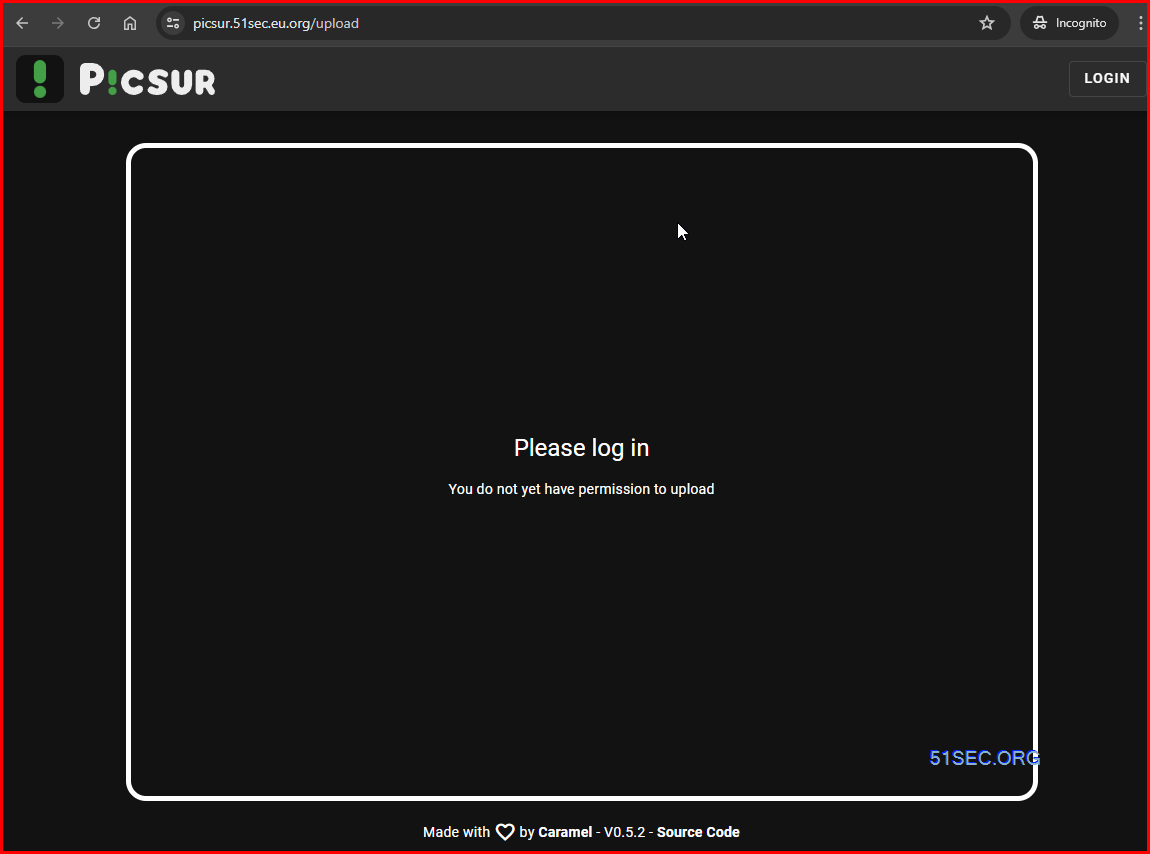


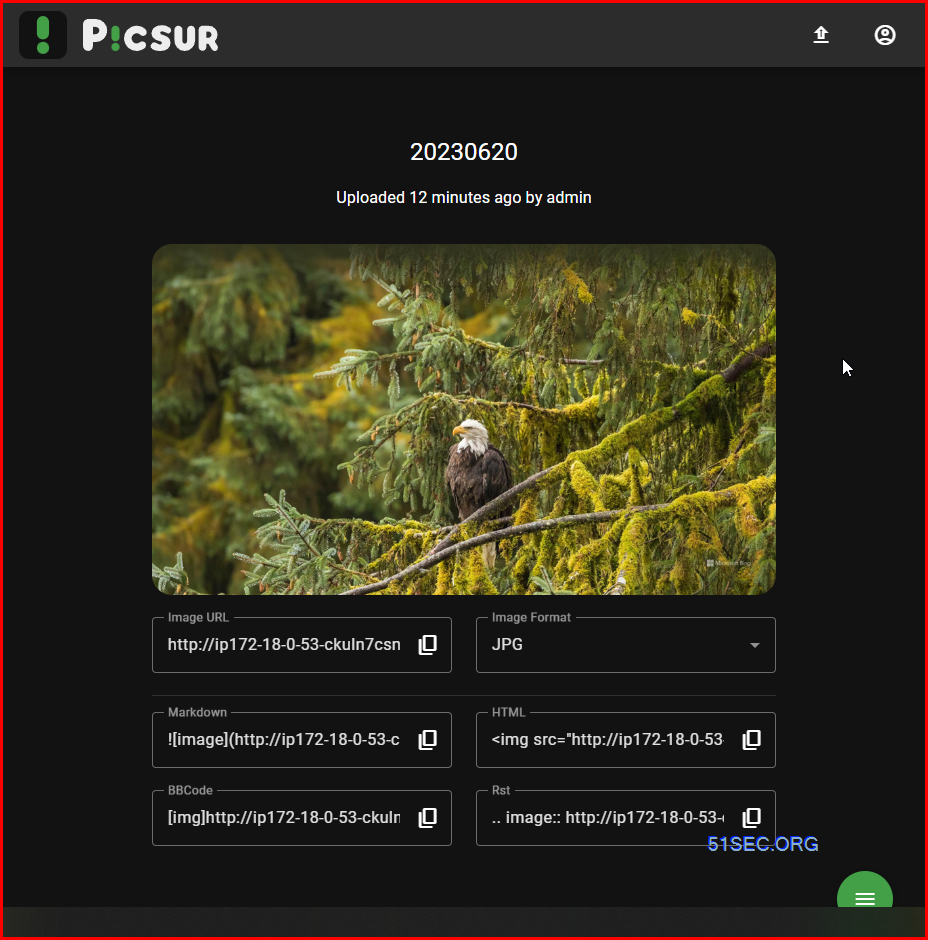
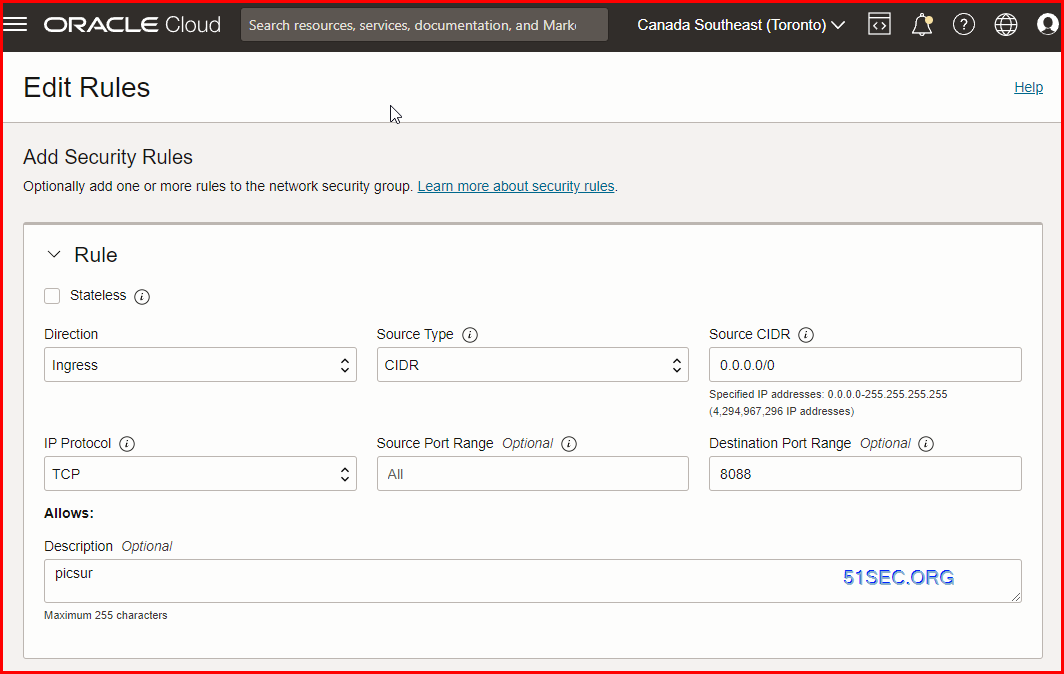
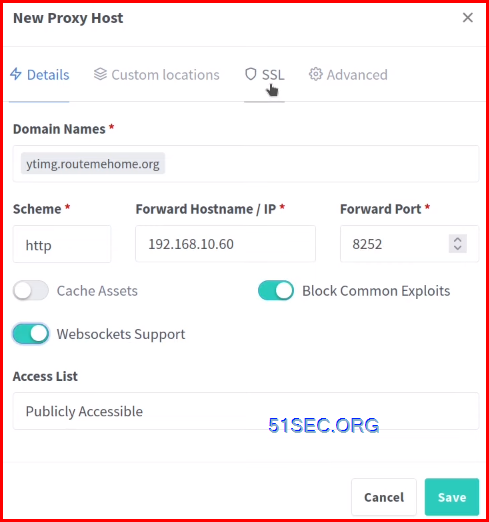
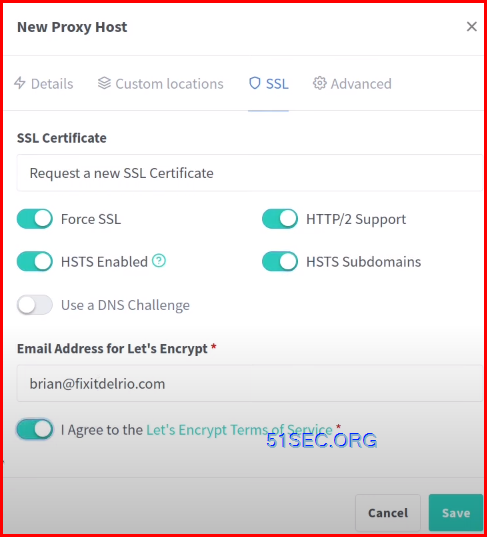
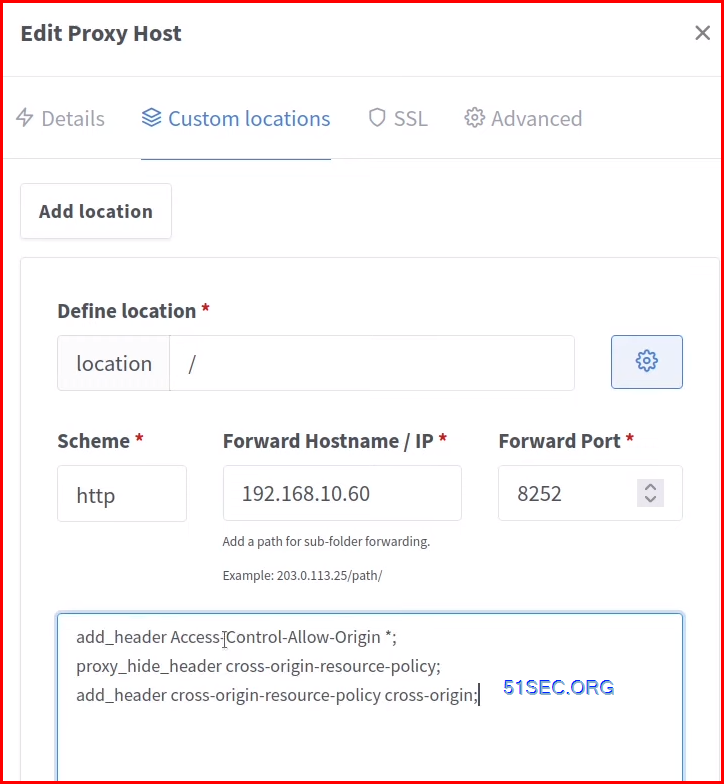
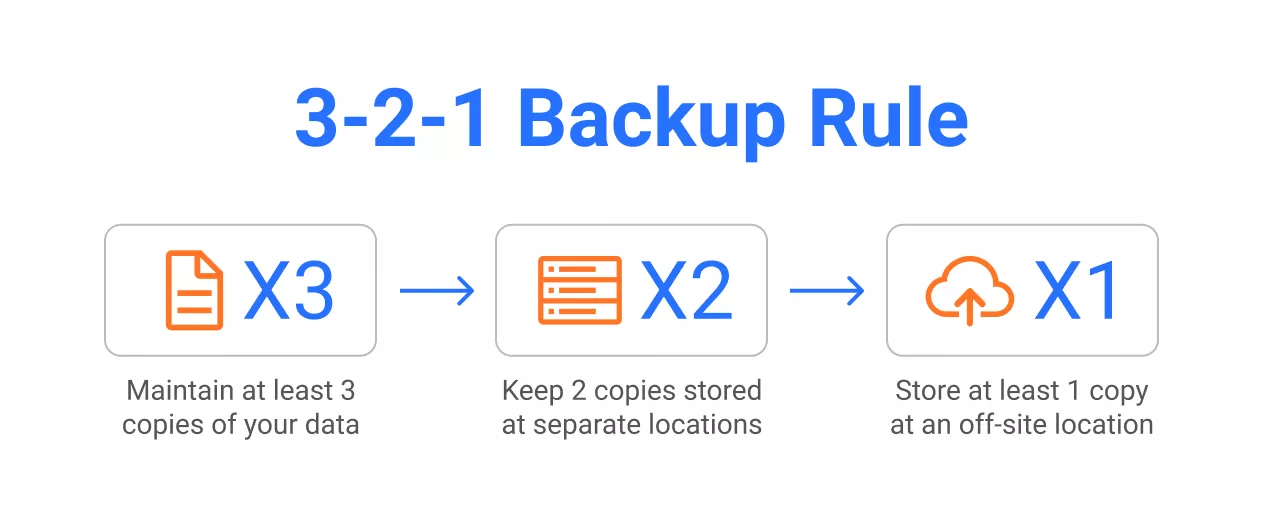
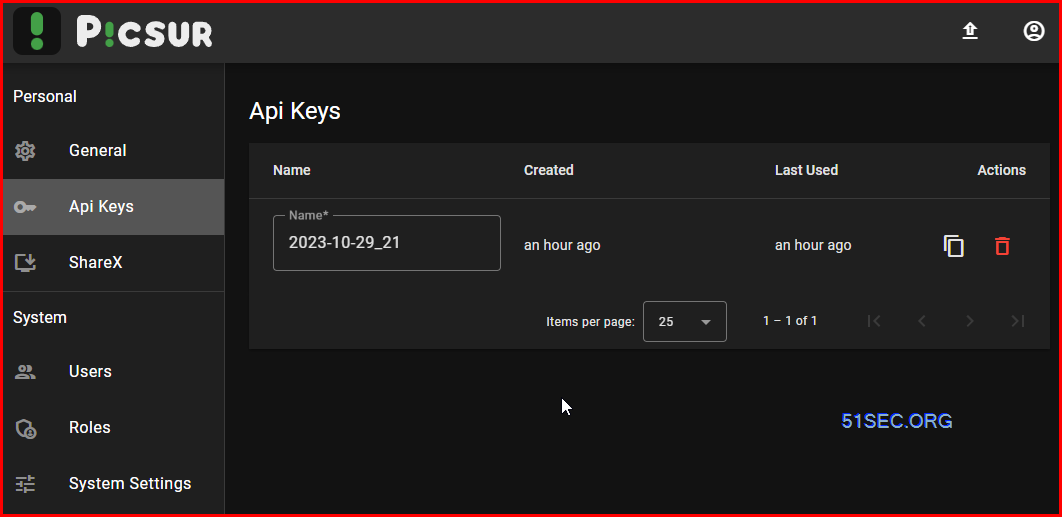
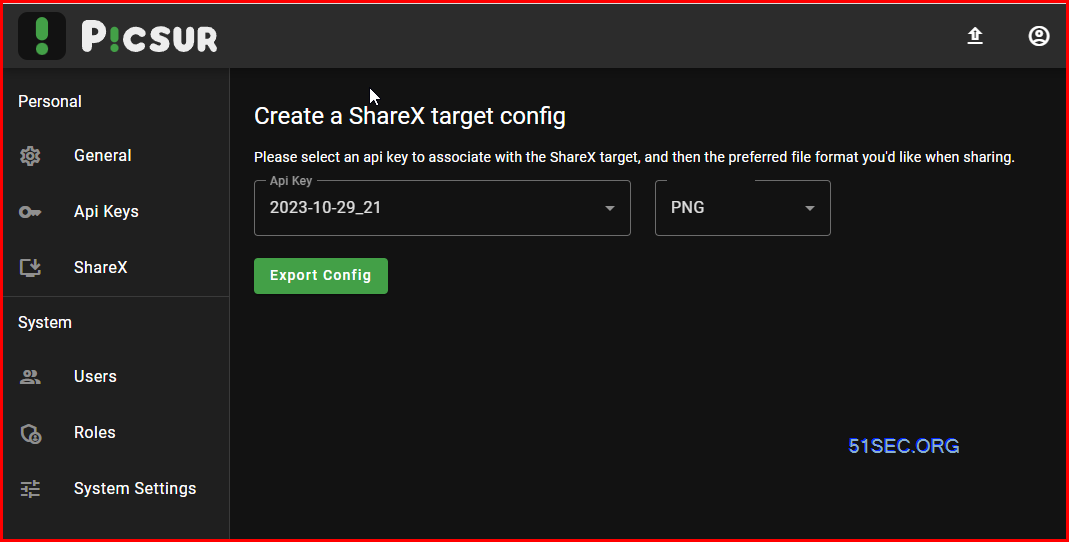
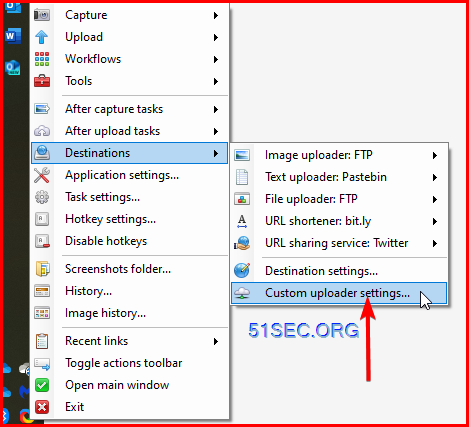
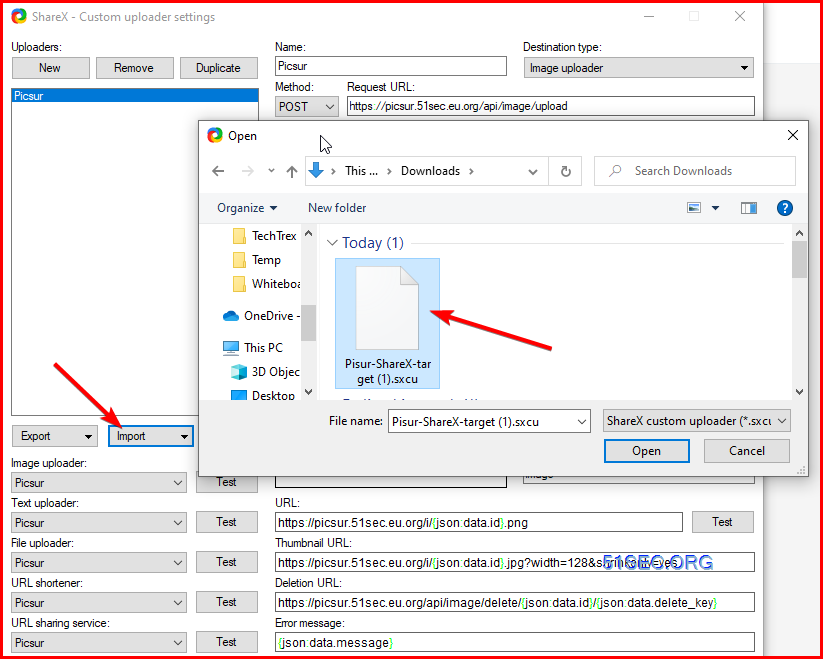







No comments:
Post a Comment